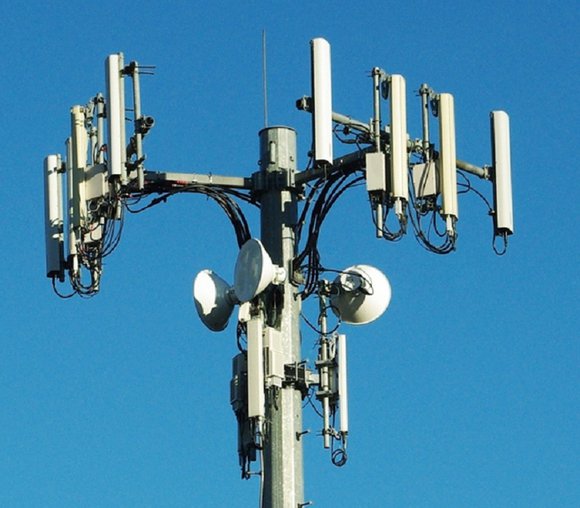4G LTE Internet is an under-utilized asset for your company’s network… and your sanity.
 As someone who’s owned a business telecom, Internet, and cloud brokerage, I’ve had my share of drama surrounding circuits taking too long to install. Whether it’s fiber taking a year to get built-out, or a T1 taking 6 weeks to install (when our customer’s business was relocating in 4), being at the mercy of an ISP’s unexplainable, bureaucratic timeline has been the most stressful part of my job.
As someone who’s owned a business telecom, Internet, and cloud brokerage, I’ve had my share of drama surrounding circuits taking too long to install. Whether it’s fiber taking a year to get built-out, or a T1 taking 6 weeks to install (when our customer’s business was relocating in 4), being at the mercy of an ISP’s unexplainable, bureaucratic timeline has been the most stressful part of my job.
Not far behind those bad experiences are the times I’ve had customers call me (in a panic), telling me their Internet circuit is completely down and they either do not have a backup or they have a ridiculously slow backup. And again, we are at the mercy of the ISP’s timeline, as the customer and I wait (as minutes seem like hours), for the Internet circuit to be restored.
Enter 4G LTE wireless Internet for business.
Here is why 4G is a great backup solution for your Internet circuit...
High bandwidth
Typical 4G LTE Internet speed ranges from 5-15M download and 1-5M upload. That’s decent speed but did you know you can bond multiple connections (via a Peplink or similar device), to get even faster speed?
Furthermore, if 4G XLTE is available in your company’s neighborhood, your business can typically get double the bandwidth (i.e. 40M/10M). Bond a second connection and you just created 80M download speed.
Inexpensive
A typical 4G LTE Wireless Internet connection is only going to cost your company between $50–$100/month. It’s about the same price as business-class cable, which is about as inexpensive as you’ll find these days for a high-bandwidth business Internet connection.
Availability
How many places have you been where the little “LTE” symbol on your phone disappears and it says “1x.” Not many. Maybe in the panic room you recently installed in your house— or in Yosemite — or a few other extremely remote areas.
4G is available almost everywhere a business could be. On top of that, there are ISP’s who specialize in 4G and can sell your company a 4G LTE Internet connection from the best-available provider servicing your company’s exact address.
Fast installation
4G LTE can be installed in a couple of days.
Out-of-Band Management
When your company’s remote site’s Internet goes down, are you “flying blind” trying to call an on-site employee and have them make changes to the router? Or maybe you’ve experienced the lightening-fast speed of using a POTS line to access a router, remotely?
If your company has 4G LTE for a backup — but you lose your primary Internet connection — not only is the Internet still “up,” but you also have high-speed access into the router for troubleshooting your primary circuit.
